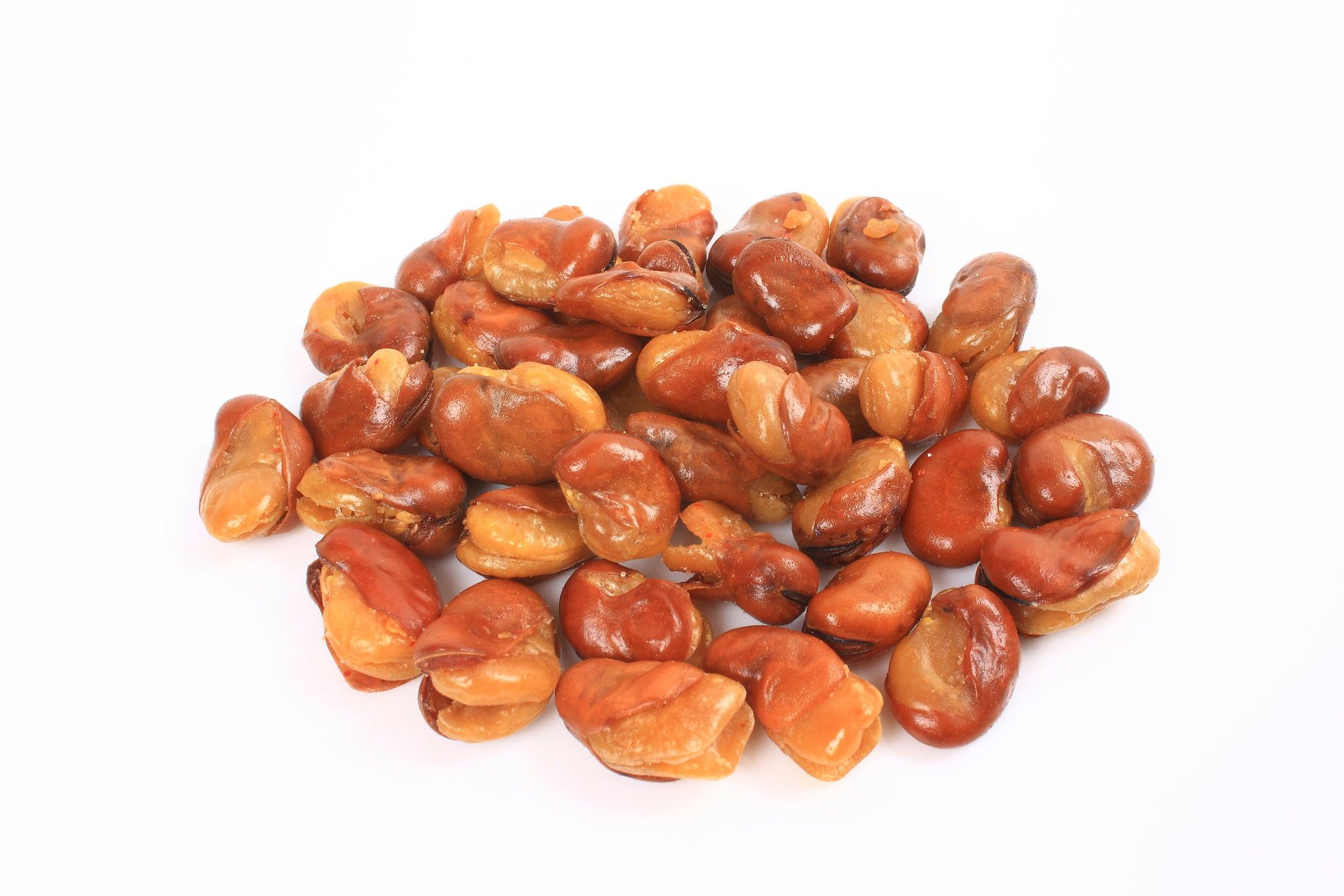2016 Ingredient Trends to Watch for Food, Drinks, and Dietary Supplements: Plant Protein
Faba bean, lentil, pumpkin seed, duckweed, garbanzo bean, and more are now hoping to nab a spot on the list of next-generation plant proteins.
Photo © iStockphoto.com/LUHUANFENG

Hemp, pea, and rice burst onto the plant protein scene as hot new alternatives to soy, but that hasn’t stopped formulators from asking, “What’s next?” Faba bean, lentil, pumpkin seed, duckweed, garbanzo bean, and more are now hoping to nab a spot on the list of next-generation plant proteins.
“Pea, rice, and soy proteins have been the dominating plant-based proteins in the market, but as those ingredients reach saturation, we will see the rise of lesser known plant-based proteins as finished-product manufacturers look to differentiate their products,” says Rikka Cornelia, product manager, BI Nutraceuticals (Long Beach, CA).
Beyond their novelty, these up-and-coming proteins may be a better fit for specific formulation needs. For instance, BI’s pumpkin seed protein has a “favorable roasted aroma,” says Cornelia, which may work especially well in chocolate applications.
Keep an eye out for pulse proteins as well, such as garbanzo bean, faba bean, and lentil. Thanks to their nutritious properties and eco-friendly cultivation, the Food and Agriculture Organization of the United Nations (FAO) has declared 2016 the International Year of Pulses.
Many of these up-and-coming plant proteins also have an appealing story to tell in terms of sustainability. Take Lentein lentil protein, manufactured by Abu Dhabi-based supplier Parabel. The ingredient earned an Innovation Award last year for its low environmental impact at the Institute of Food Technologists’ Annual Meeting & Food Expo (IFT). Thanks to Lentein’s aquafarming process, 98% of water used for its production can be recycled, says Parabel.
Mankai, a high-protein strain of duckweed (Lemnaceae) from Hinoman (Tel Aviv, Israel), is also tapping into eco-friendliness with a year-round, semi-closed-system cultivation process that allows for cultivation in a wide range of locales using 10 times less water to produce than soy, kale, or spinach.
Blending different plant proteins is another growing trend, likely driven by consumer interest in multi-source formulations, suggests Chris Schmidt, senior consumer health analyst, Euromonitor. Demand for well-rounded nutrition could lead away from a focus on products marketed strictly for protein content and toward a more inclusive and holistic approach, he adds.
“We expect to see the shift in marketing from ‘protein product’ to ‘total nutrition products,’ with added vitamins and minerals and other nutrients like fiber or omega fatty acids,” Schmidt says. “Especially as more average consumers, or non-athletes, flock to the category, the products will need to become more multifunctional.”
READ NEXT
Ingredients to Watch 2016: PHO Replacers
Read more:
Pea Protein Is Coming Up Strong
Pulse and Other Plant Proteins Front and Center at IFT 2015
How Big a Threat Is Plant Protein to Dairy Protein?
Michael Crane
Associate Editor
Nutritional Outlook Magazine
michael.crane@ubm.com

Prinova acquires Aplinova to further increase its footprint in Latin America
April 7th 2025Prinova has recently announced the acquisition of Brazilian ingredients distributor Aplinova, which is a provider of specialty ingredients for a range of market segments that include food, beverage, supplements, and personal care.

























